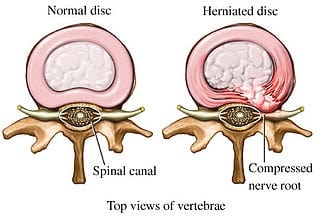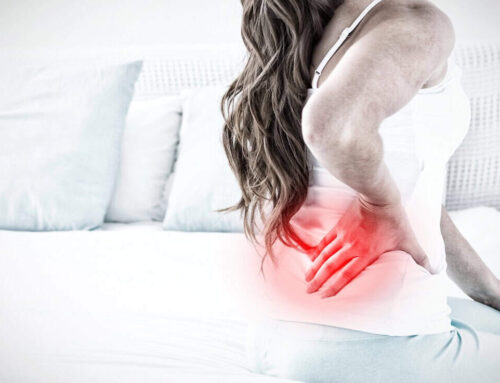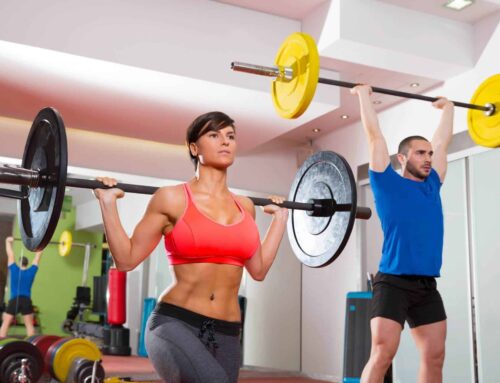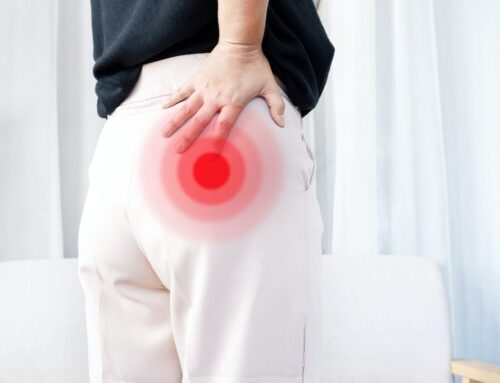If you've had most of your questions about what is back pain and sciatica answered, let's get a little more involved in one of the common causes of Back Pain & Sciatica: Lumbar Disc Herniation.
Some background information: Your lower back is made up of 5 segments called the lumbar vertebrae. Between each of these segments there is a disc that acts as a spacer between the body of the segments. The discs help maintain enough space between each segment for nerves exiting the spinal cord to travel to the legs. Each disc is made up of a soft center that is surrounded by a stronger, fibrous exterior. A herniation occurs when there is too much pressure placed on the disc and the soft interior pushes out through a rupture in the exterior.
*May not be anatomically correct
These herniations may sound bad on paper and look bad on film, but they are not always a painful problem… on their own. The problems with disc herniation occurs when the herniated disk starts to put pressure on the nerve root as it leaves the spinal cord and travels down the leg. This pressure on the nerve is what causes upper back pain, numbness, burning, or weakness down the leg that characterizes sciatica.

yoganatomy.com
*Somewhat more accurate representation.
Lumbar disc herniation occurs more often in people between the ages of 30-50 and affects men more than women. Occupations that involve a lot of heavy lifting, bending, twisting, and other activities that put a lot of force through the low back lead to a higher chance of developing a herniated disc due to the repeated stress.
Signs that back pain & sciatica may be caused by a herniated disc include:
-
Worsening pain with bending forward or twisting through the spine
-
Worsening pain with coughing, sneezing, or other holding your breath during strenuous activity
-
Worsening pain with sitting in a slumped position
-
Decreased pain with lying face down
-
Decreased pain when standing up straight
Although they won't necessarily heal the disc herniation, there are exercises that can help take pressure off of the disc and decrease the pain. These exercises focus mostly on increasing flexibility and improving the strength of the muscles that stabilizes the spine. The way they stabilize the spine is by creating intra-abdominal pressure which you can learn about here.






